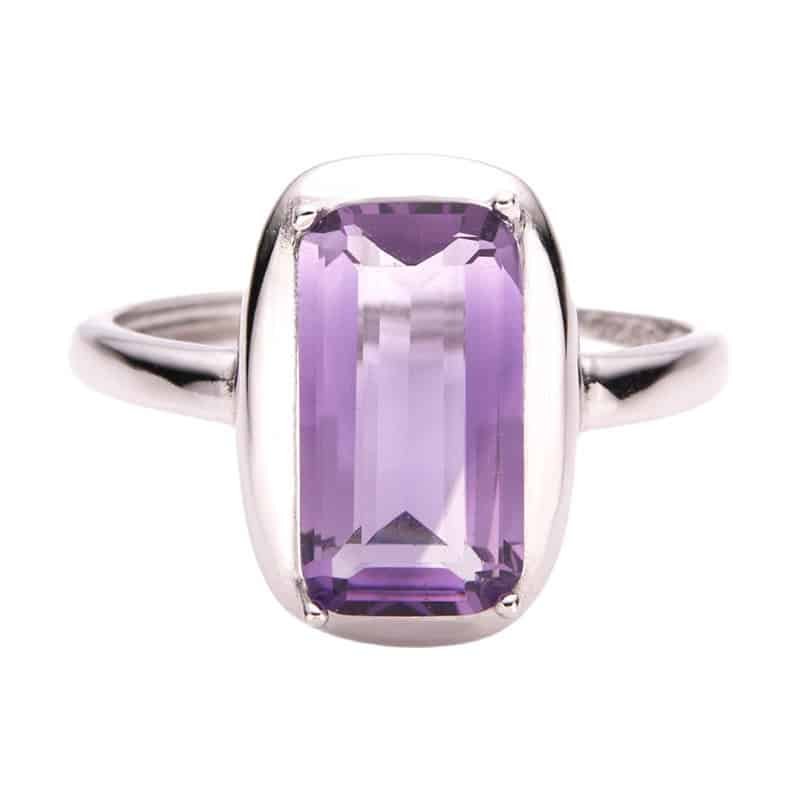Understanding the Origin and Treatment of Shanwei Amethyst
Shanwei amethyst hails from the coastal region of Shanwei City in Guangdong Province, China. This area is geologically distinct, characterized by volcanic activity and the presence of quartz-rich formations. The unique geological conditions within the region provide an ideal environment for the formation of amethyst, which typically occurs in volcanic rocks known as geodes. The natural crystal growth process, coupled with the local mineral composition, results in distinct color variations and patterns unique to Shanwei amethyst.
The hue of Shanwei amethyst ranges from a light lavender to a deep, rich purple, with the latter being particularly coveted for its vibrancy. This variation in color is largely influenced by the concentration of iron impurities present during the crystal’s formation. In addition to its beautiful shades, Shanwei amethyst can exhibit a certain clarity that is sought after by jewelers, ensuring that the gemstone stands out in any piece of jewelry.
To enhance the color and overall aesthetic appeal of Shanwei amethyst, several treatment processes are employed. The most common treatment is heating, which can intensify the purple tones and eliminate any unwanted brownish hues. This process is widely accepted in the gemology community, as it maintains the integrity of the gemstone while improving its visual appeal. Color-setting techniques may also be utilized, wherein the amethyst is subjected to controlled conditions to optimize its hue further.
Understanding the origin and treatment of Shanwei amethyst allows consumers to appreciate its authenticity and craftsmanship. By knowing the geological background and treatment methods involved, potential buyers can make informed decisions when selecting amethyst jewelry, fully realizing the value and elegance these pieces embody.
Unisex Jewelry Trends: The Rise of Geometric Amethyst Designs
The landscape of modern jewelry has evolved significantly, with unisex designs increasingly gaining traction among consumers. Geometric jewelry, particularly featuring natural amethyst, stands at the forefront of these trends. Known for its striking hues and unique presence, amethyst effortlessly appeals to a diverse audience seeking both style and individuality in their adornments. This trend resonates well with the growing demand for inclusivity in fashion, allowing individuals of all genders to express their tastes without limitations.
As we look ahead to summer 2024, the classification of style trends reveals a clear preference for geometric shapes and spider-inspired forms. These elements effectively blend contemporary aesthetics with timeless appeal, making them a popular choice. The visual intrigue created by sharp angles and intricate designs attracts modern consumers who value uniqueness and character in their jewelry pieces. The spider design, in particular, embodies a sense of creativity and dynamic movement, aligning perfectly with the active lifestyles of today’s wearers. Moreover, the adaptability of these styles allows them to transition seamlessly from casual daytime wear to more refined evening occasions.
Several influential factors shape the choices that consumers are making today. Sustainability plays a pivotal role, and the preference for ethically sourced materials has bolstered the popularity of natural gemstones like amethyst. This gemstone also holds significant emotional value, symbolizing tranquility and clarity, which enhances the overall appeal of geometric jewelry. As users seek not only aesthetic pleasure but also deeper connections to the pieces they wear, amethyst remains a favored crystal in the niche market of geometric designs.
In this evolving sphere of jewelry fashion, practical styling tips can elevate the aesthetic of any outfit. Simple layering of amethyst geometric pieces or pairing them with minimalist outfits creates a striking visual balance. Ultimately, these unique jewelry styles resonate with a wider audience, celebrating individuality and the innate allure of amethyst.











